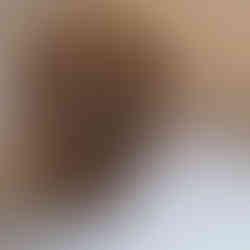Teasel Critters
- Clare
- Feb 7, 2020
- 2 min read

Statuesque teasels are often seen growing on roadside verges or beside ditches and fields. Historically, these prickly plants were used in the textile industry to "tease" the woollen cloth and are also said to be excellent for dying wool, though I have never experimented with this!
Throughout the Summer, they produce masses of small (usually purple) flowers which are a rich source of nectar for insects and subsequently, during the winter months, the seeds form an important food source for birds such as gold finches. It is chiefly for this reason that I am keen to grow a small patch in our garden. They are relatively easy to grow and self seed freely so I am intending (hoping!) to confine the growth to the far end of the garden.

We collected the seed heads displayed in the adjacent image (together with one solitary pine cone!) during a winter walk a couple of weeks ago and I managed to harvest a reasonable quantity of seeds from them, certainly enough to start me off. I kept the dried seed heads for a rainy day activity with the children and we finally used them today to make some teasel "animals".
This is a relatively simple activity. All you really need is a few teasel heads and something to decorate them with! You can get as adventurous as you like here but we kept it relatively simple and used paint and Blu Tack for most of our decoration. We also used stickers and pins (heads painted black) for eyes and noses.
The following images show some of our creations (a hedgehog, a colourful cat (according to my daughter - she has a good imagination!) and a questionable mouse), though I'm sure you could come up with something more impressive!
I should note that this is not really an activity for young children to do on their own as care is needed to avoid the worst of the prickles (the seed heads themselves aren't too bad, but the small spines on the stems and bracts are sharp so these should be removed to protect little fingers). That said, we had a fun hour or so creating the little creatures together and pine cones could be used as an alternative if required.
I will plant the harvested seeds in March, though (as teasels are biennial) I do not expect to see any more seed heads until next year. The goldfinches and I will have to remain patient until then!
NB Upper images of teasel and goldfinch from Shutterstock.

















Comments